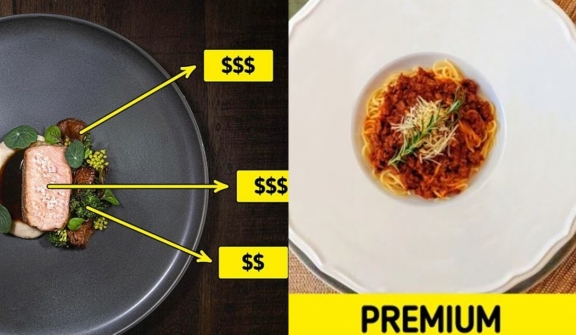
In high-end restaurants, you'll find dishes that showcase meticulously selected and exquisite ingredients. For instance, Wagyu beef, priced at $200 per pound, and caviar, which can cost around $10,000 per kilogram, are frequently utilized.
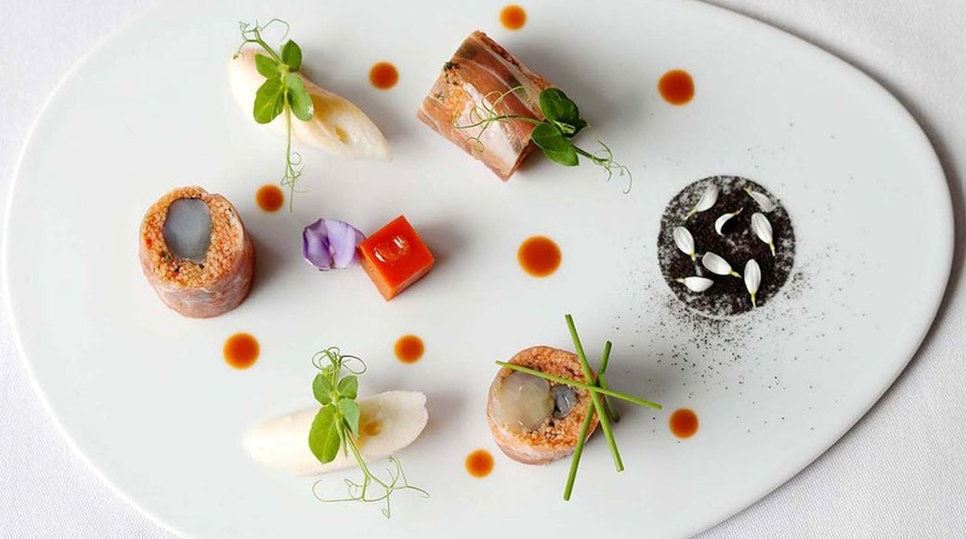
Imagine incorporating Italian white truffles, which command a hefty price of approximately $7,500 per kilogram, into a fully loaded dish. The price would be extremely high!
Additionally, since these dishes utilize premium ingredients, it can often be expensive to import them.
Understandably, portion sizes need to be smaller to maintain a reasonable overall price for the dish.
The trend of minimalism has also made its way into the culinary world, and high-end restaurants have started embracing the concept of "small and elegant." The idea is that the less food on the plate, the more luxurious and elegant it appears
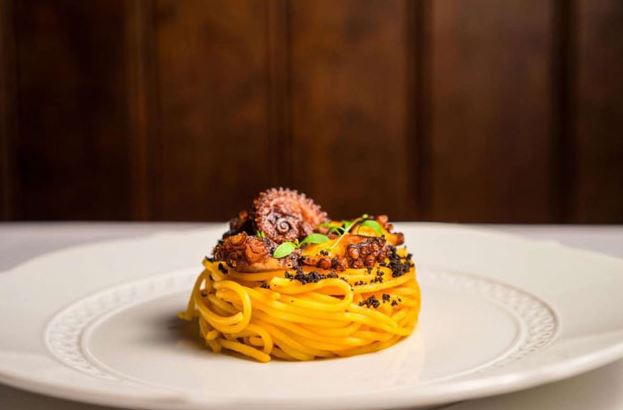
If you dine at restaurants, you will typically be served a 3-course meal — with an appetizer, the main dish, and a dessert. However, in luxury dining, the number of courses may reach up to 12 different dishes!"
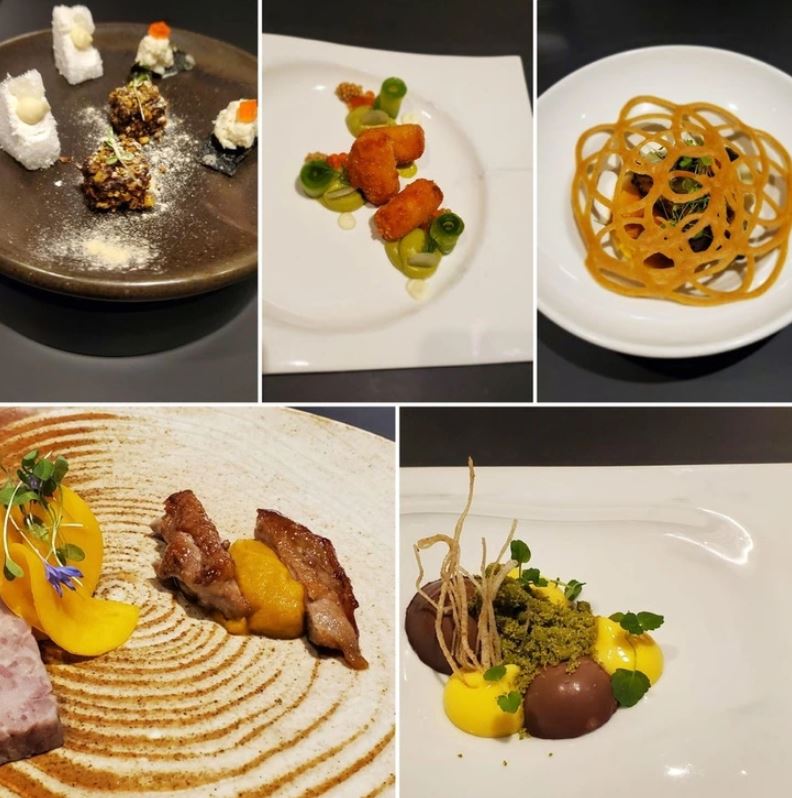
These courses encompass an array of delectable offerings, ranging from finger foods and appetizers to soup, salad, fish, a first main course, a palate cleanser, a second main course, cheese, dessert, and finally, a drink or pastry.
Restaurants opt to reduce portion sizes to ensure that patrons have the opportunity to savor a variety of flavors.
The first few bites will give you the best taste of the food. Human taste buds become less sensitive to a taste after chewing it 4-5 times.
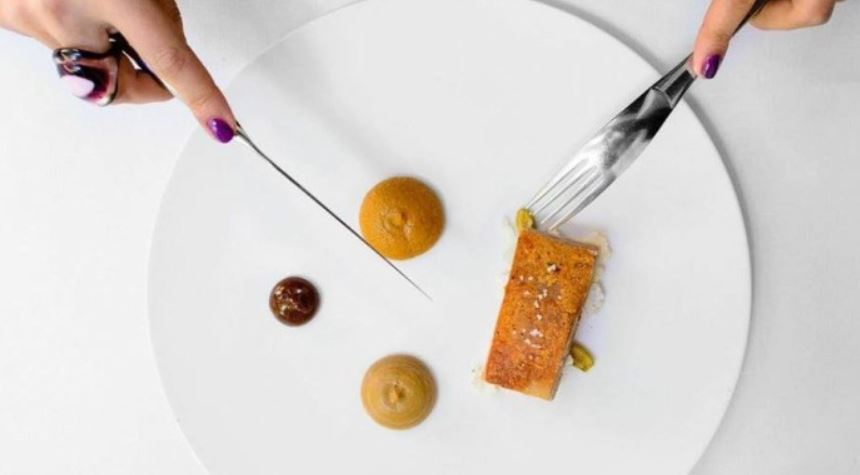
Small servings help prevent boredom and allow you to remember the taste for longer. Therefore, chefs prioritize the quality of the dishes over the quantity.
Items sold in limited editions, such as bags and cars, always excite buyers, creating a sense of greater "luxury" compared to items sold in bulk. The same feeling applies to food and drinks.
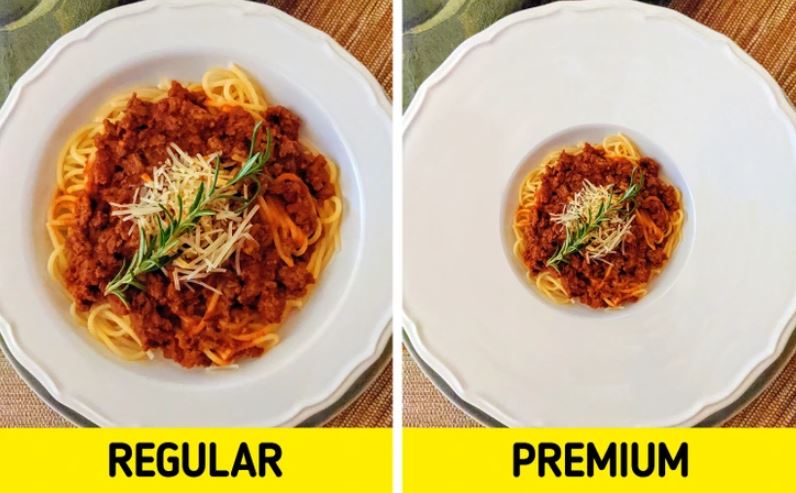
Experiencing luxury venues and indulging in exquisite cuisine elicits similar emotions, particularly when the dish showcases meticulously selected, small portions of high-quality ingredients.
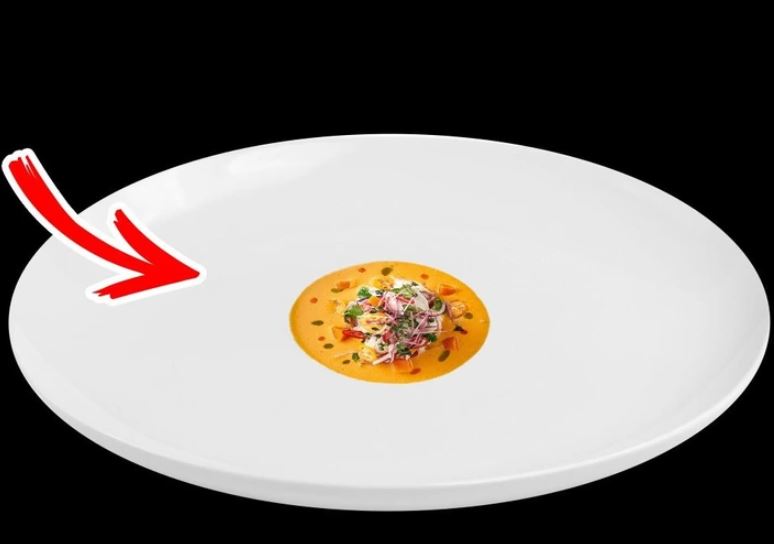
Restaurants that serve small portions can arouse diners' curiosity, prompting them to wait for the next dish. Many consider this anticipation to be the delightful and artistic part of the meal.




